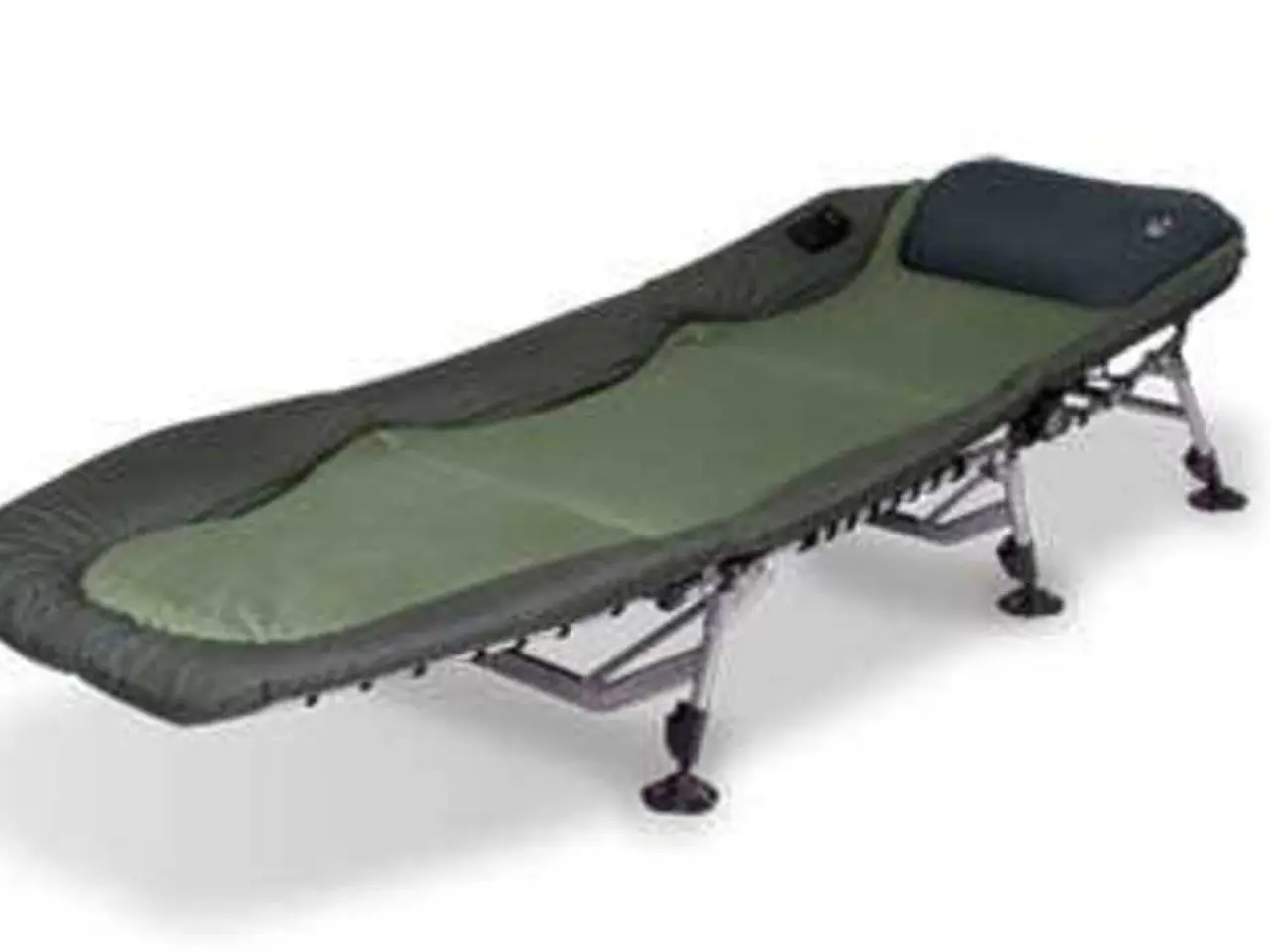Recommended Spine-Strengthening Exercise by a Pilates Instructor for a Healthy Back
The Pilates roll-up is a popular exercise that offers numerous benefits for maintaining a healthy and flexible spine. By working the pelvic floor and lumbar joints, this movement promotes better flexibility and posture.
To perform the Pilates roll-up, follow these key steps:
- Lie flat on your back with your legs extended straight and arms reaching overhead toward the floor.
- Engage your core muscles and inhale to prepare.
- Begin the movement by lifting your arms forward and then curling your spine off the mat vertebra by vertebra, reaching toward your toes.
- Exhale as you continue to curl up into a seated position, aiming to keep the spine long and articulated rather than using momentum.
- Hold briefly at the top with a straight back and then slowly roll down one vertebra at a time back onto the mat, reaching your arms overhead again.
- Focus on controlled, fluid motion and spinal articulation throughout, avoiding strain in the neck or lower back.
This exercise promotes spinal mobility, core strength, and flexibility by encouraging vertebral articulation and controlled movement through the spine. It also requires and develops the ability of your hips and lower back to move freely and smoothly during the exercise.
For beginners, variations like a chest lift or half roll-up with bent legs can build core control before progressing to a full roll-up with extended legs. Consistent practice improves spinal flexibility, core coordination, and posture.
The Pilates roll-up is beneficial for improving flexibility, building strength, and improving balance. For a more accessible version, beginners can slightly bend their knees, use a band or towel around their feet, or hold light hand weights (around two pounds).
Regular practice of the Pilates roll-up can improve spinal health and maintain a strong, pain-free back. The controlled rolling movement of each vertebra in the Pilates roll-up helps maintain a healthy, flexible spine. This exercise also helps mobilize the facet joints in the spine and stretch the hamstrings.
Pilates mats are thicker than yoga mats, providing support for the spine and joints during exercises like the roll-up. Engaging the core is essential during the Pilates roll-up. Using light hand weights during the exercise can help guide the movement and make it easier to complete.
The Pilates roll-up can be done anywhere and takes minutes to perform. A well-priced option for a Pilates mat is the Stott Pilates eco-friendly mat, available at Dick's Sporting Goods for $44.99. The Pilates roll-up specifically engages the abdominal muscles, particularly the obliques and transverse abdominis, to build core stability.
In summary, the Pilates roll-up is a movement of controlled spinal flexion and extension starting from lying down and rolling up to seated, emphasizing core engagement and flexibility for a healthy spine. Consistency in practice allows muscles and joints to adapt and strengthen without overdoing it, improving spinal health and maintaining a strong, pain-free back.
- The Pilates roll-up, with its focus on controlled spinal articulation, strengthens the abdominal muscles, particularly the obliques and transverse abdominis, providing a crucial wellness routine for a healthy spine.
- Yoga mats offer less support for exercises like the Pilates roll-up, which requires a thicker mat, such as a Pilates mat, for proper spinal and joint support.
- By promoting vertebral articulation, building strength, improving balance, and maintaining the flexibility of the spine, the Pilates roll-up aligns with the principles of health-and-wellness and fitness-and-exercise science.




